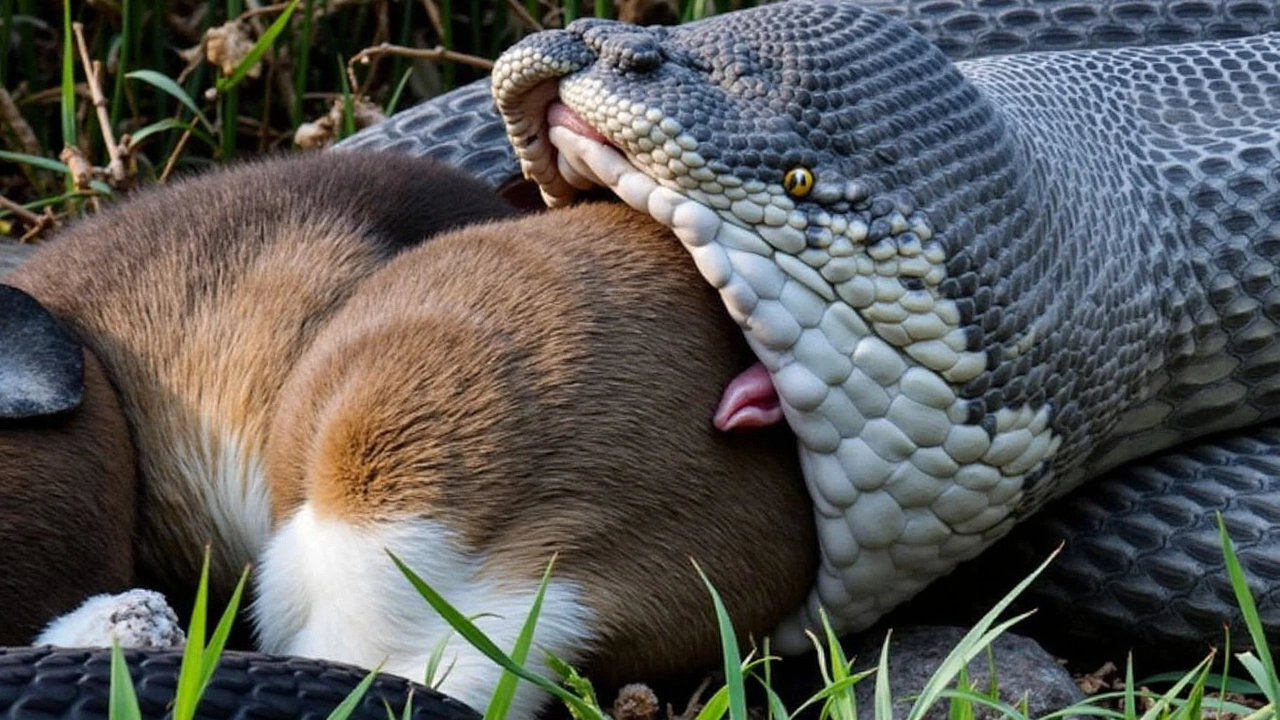Everglades: What You Need to Know
The Everglades is a unique wetland that stretches across southern Florida. It's a river of grass, home to alligators, wading birds, and rare plants. You can visit sawgrass marshes, mangrove tunnels, and hardwood hammocks all in one day. But the Everglades also faces water shortages, pollution, and development pressure. Knowing what to expect makes your trip safer and helps you support conservation.
Why the Everglades matter
This place cleans water, supports fisheries, and stores carbon. It protects coastal communities from storms by absorbing flood water. The Everglades hosts species found nowhere else, like the Florida panther and specific wading birds. When you read news about water management or invasive plants, it often links back to the Everglades. Supporting smart restoration work helps both nature and nearby towns.
Practical tips for visiting
Plan for heat and bugs. Bring breathable clothing, sunscreen, and insect repellent. A wide-brim hat and water bottle will keep you comfortable on boardwalks and trails. Choose the season that fits your goals: winter is cooler and great for birding, while summer brings dramatic storms and louder wildlife. Book guided airboat rides or ranger tours to learn local stories and spot wildlife safely.
Stay on marked trails and follow park rules. Everglades habitats are fragile and visitors can cause damage by wandering off paths. Respect wildlife by observing from a distance and never feeding animals. If you photograph wildlife, use a zoom lens rather than approaching. Carry out all trash and pick up what you find to leave the park cleaner than you found it.
Learn about local efforts before you go. Many nonprofit groups and park programs run volunteer days, citizen science projects, and donation drives. Volunteering a few hours can mean removing invasive plants, counting birds, or helping maintain trails. These small actions support long term recovery and give you a deeper connection to the landscape.
Be aware of safety. Alligators and snakes live in the Everglades, so keep pets on a leash and avoid tall grass near water. Check weather alerts before heading out; flash floods and lightning are common in summer. Cell signal can be weak, so carry maps and tell someone your plan. If you rent a boat, check equipment and local rules, and follow speed limits to protect slow moving animals.
Finally, think beyond a single visit. The Everglades needs steady support through policy, funding, and public interest. Vote for leaders who back restoration, support local conservation groups, and share responsible photos and stories that show why the Everglades matter. Your choices as a visitor and citizen help shape the future of this special place.
Want specific spots? Start at Shark Valley for easy biking and a high observation tower, then head to the Anhinga Trail at Royal Palm for close bird and alligator views. Everglades City and Flamingo offer boat tours and better access to mangroves. Check park fees, opening hours, and slow down—good wildlife watching takes patience and quiet. Bring binoculars and a field guide.

